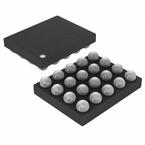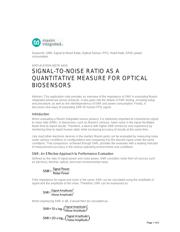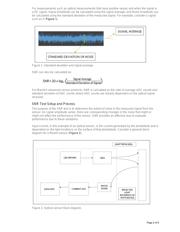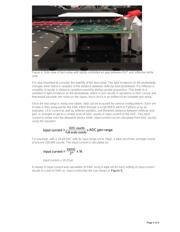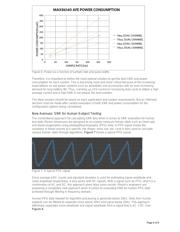
Keywords:
SNR, Signal to Noise Ratio, Optical Sensor, PPG, Heart Rate, SP02, power
consumption
APPLICATION NOTE 6410
SIGNAL-TO-NOISE RATIO AS A
QUANTITATIVE MEASURE FOR OPTICAL
BIOSENSORS
Abstract: This application note provides an overview of the importance of SNR in evaluating Maxim
Integrated advanced sensor products. It also goes into the details of SNR testing, including setup
and procedure, as well as the interdependency of SNR and power consumption. Finally, it
discusses new ways of evaluating SNR for human PPG signal.
Introduction
When evaluating a Maxim Integrated sensor product, it is extremely important to characterize signal
to noise ratio (SNR). In biosensors, such as Maxim’s sensors, lower noise in the signal facilitates
faster time to report results. Therefore, a device with higher SNR enhances user experience by
shortening time to report human vitals while increasing accuracy of results at the same time.
Like most other electronic devices in the market, Maxim parts can be evaluated by measuring noise
under various conditions or configurations and comparing it to the desired signal under the same
conditions. That comparison, achieved through SNR, provides the evaluator with a leading indicator
of measurement accuracy in the various operating environments and conditions.
SNR: An Effective Approach to Performance Evaluation
Defined as the ratio of signal power and noise power, SNR considers noise from all sources such
as electrical, thermal, optical, and even environmental noise.
If the impedance for signal and noise is the same, SNR can be calculated using the amplitude of
signal and the amplitude of the noise. Therefore, SNR can be expressed as:
When expressing SNR in dB, it would then be calculated as:
Page 1 of 8

